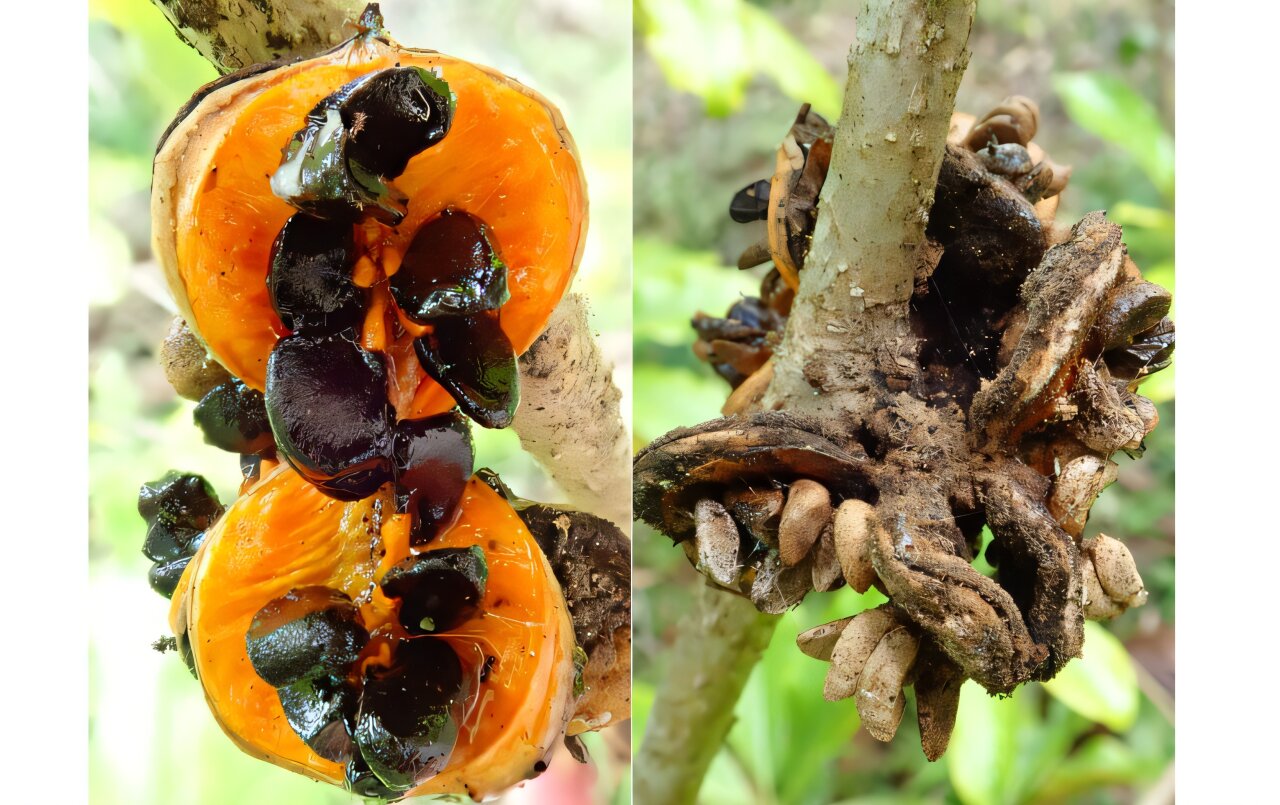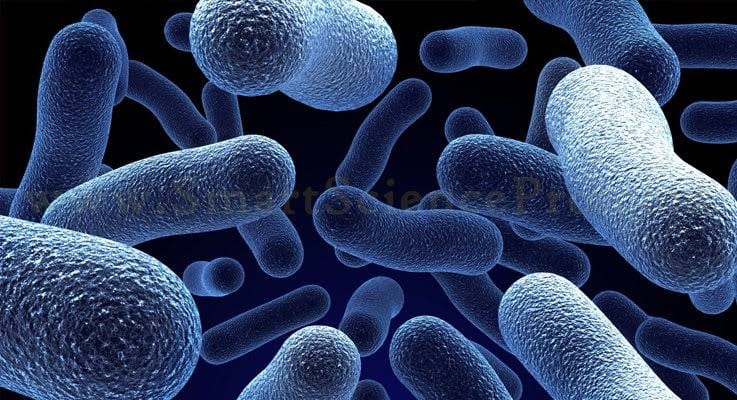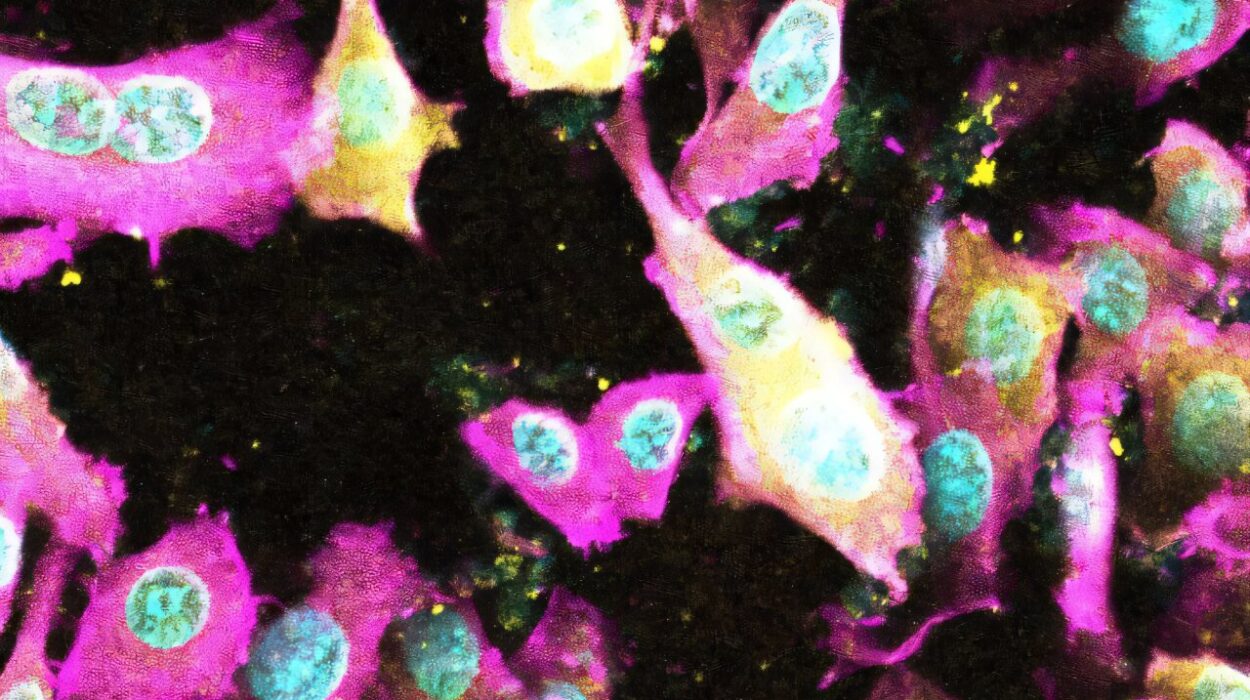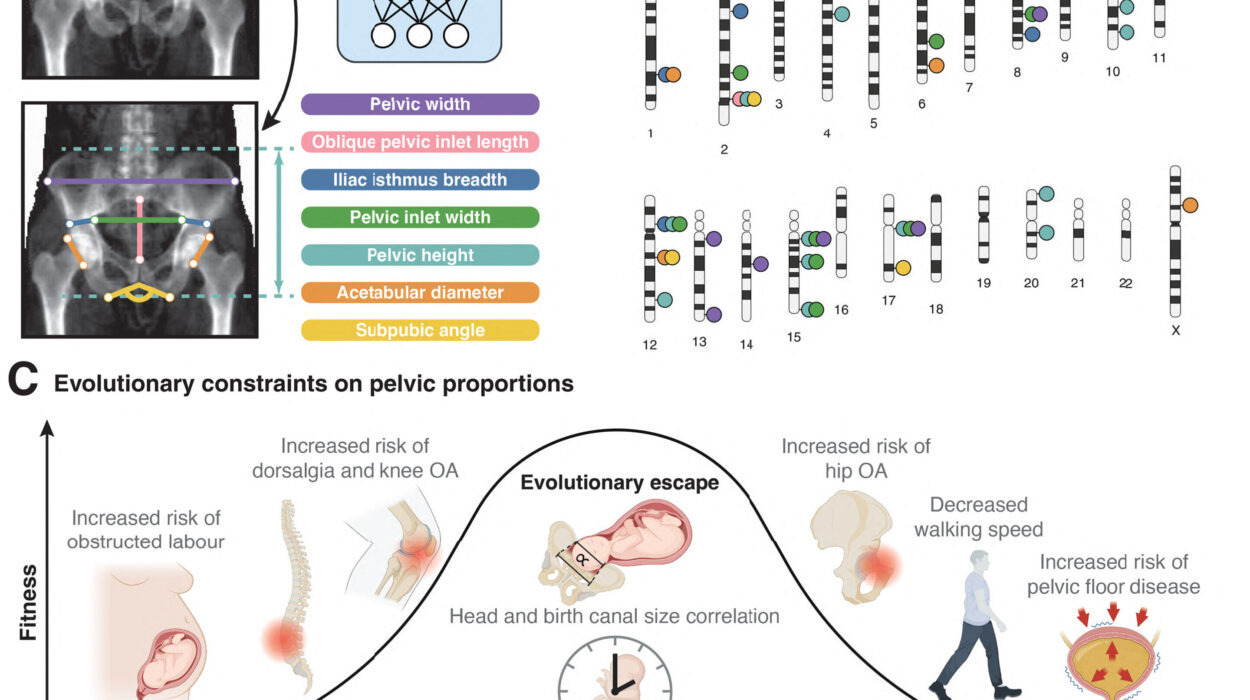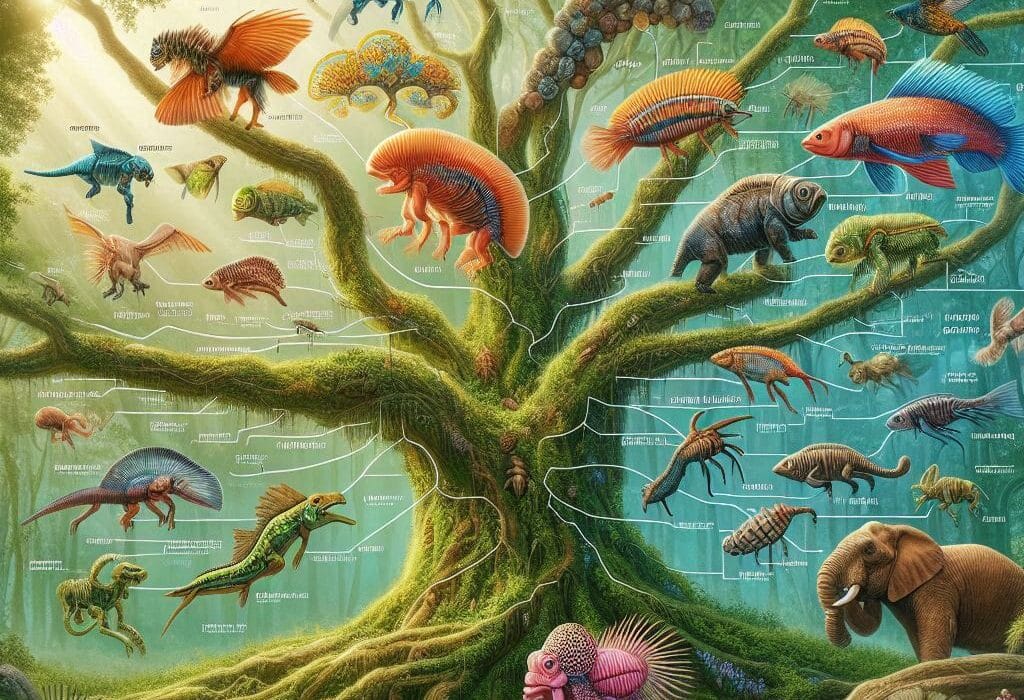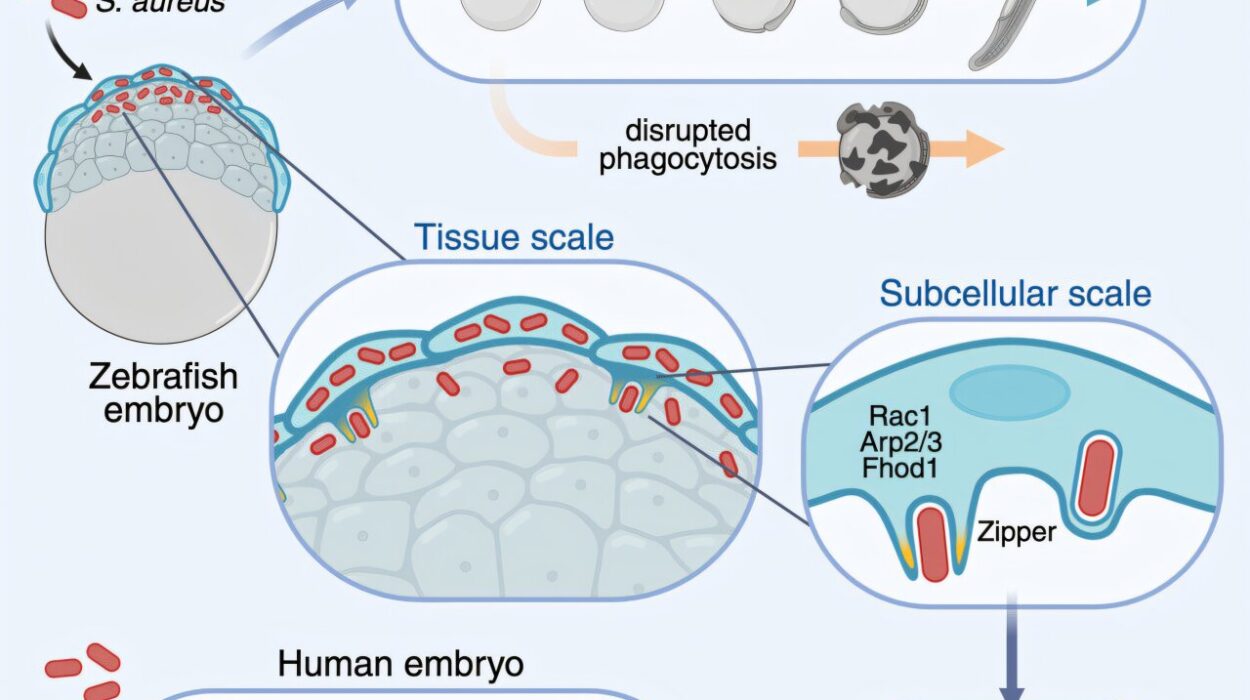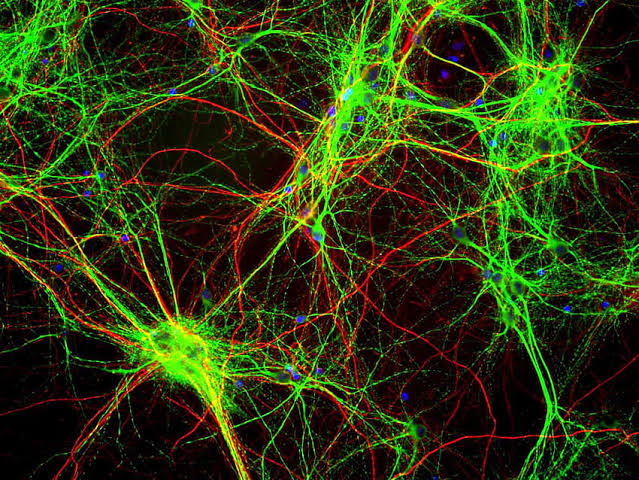Islands have always been nature’s laboratories of life — isolated, intricate worlds where evolution paints its masterpieces. From the singing honeycreepers of Hawaiʻi to the giant tortoises of the Galápagos, island species evolve in ways that amaze and inspire. Yet, their beauty is also their weakness. Separated from the mainland, island ecosystems rely on delicate, centuries-old partnerships between plants and animals.
Among the most vital of these relationships is seed dispersal — the simple yet powerful process by which animals carry seeds away from their parent plants, allowing new life to take root elsewhere. Birds, bats, and reptiles eat fruit, carry seeds in their bellies, and deposit them across the landscape. In this way, forests regenerate, species spread, and ecosystems thrive.
But when the native animals that perform this service vanish — often driven to extinction by human activity — the system falters. Now, new research reveals that the arrival of invasive animals may be doing even more damage than the disappearance of natives ever did.
A Global Study Reveals a Hidden Ecological Crisis
A groundbreaking global study published in the Proceedings of the National Academy of Sciences has uncovered a startling truth: invasive animal species are transforming island ecosystems more dramatically than the loss of native ones.
The research team, which included Donald Drake, a professor in the University of Hawaiʻi at Mānoa’s School of Life Sciences, analyzed data from 120 islands across 22 archipelagos. They examined how native, extinct, and introduced vertebrate frugivores — fruit-eating animals that disperse seeds — affect the reproduction of plants.
What they found was sobering. On nearly every island studied, introduced species such as rats, pigs, and other non-native mammals have disrupted or replaced natural seed dispersal systems. These invaders are not simply filling the roles once held by native birds, bats, or tortoises — they are rewriting the rules of the ecosystem itself.
When the Wrong Animals Take Over
At first glance, it might seem like a good thing that new animals are eating fruit and spreading seeds. But biology is not that simple. Many invasive species have very different body shapes, behaviors, and diets from the animals they replace.
Birds and bats that evolved alongside island plants often had just the right size beaks or mouths — or “gapes” — to swallow and carry seeds without destroying them. A native pigeon might eat a large seed and drop it far away, helping a tree grow in a new patch of forest. But a rat, for instance, may chew that same seed to pieces instead of carrying it.
Non-native mammals, especially omnivores like pigs and rats, tend to crush or digest seeds completely, stopping them from ever sprouting. Others move seeds only short distances, confining plants to shrinking areas. The result is an invisible but devastating breakdown of the natural processes that sustain plant life.
Over time, this means fewer young trees, fewer fruits for animals, and ultimately, fewer species. What begins as a small imbalance — a bird gone here, a rat arrived there — can cascade into ecosystem collapse.
A Numbers Game Against Nature
The data behind the study paints a stark picture. On average, islands now host more introduced frugivorous animals than they have lost to extinction. Across the studied regions, about 44% of animal species were introduced by humans, while 23% had gone extinct. Moreover, introduced species have reached a greater number of islands — 92% compared to 76% affected by extinction.
This imbalance shows that the planet’s island ecosystems are not just losing species; they are being reshaped by human interference. Every ship that lands, every cargo that unloads, every pet or farm animal that escapes contributes to an accelerating transformation.
The researchers warn that these introductions are not simply filling ecological gaps — they are creating entirely new dynamics that native plants and animals may not be able to survive.
Hawaiʻi’s Vanishing Seed-Carriers
Nowhere is this transformation more visible — and more heartbreaking — than in Hawaiʻi. The Hawaiian Islands, born of fire and isolated by thousands of miles of ocean, evolved some of the most unique and delicate ecosystems on Earth.
For millennia, native birds were the forests’ gardeners. They spread the seeds of native trees such as lama, hōʻawa, and olopua, carrying them across valleys and mountains, ensuring that the forests would renew themselves generation after generation.
But as humans arrived, so did the invaders: pigs rooting through the soil, rats raiding nests and fruits, and other introduced species that disrupted the ancient balance. With native birds now in sharp decline — some extinct, others critically endangered — many plants are losing their natural partners.
Without these birds, young trees fail to spread and grow. Forest regeneration slows. Streams and watersheds suffer. Even cultural practices tied to native plants — from traditional medicine to crafts and ceremonies — begin to fade.
As Professor Drake explains, “In Hawaiʻi, where native ecosystems are particularly vulnerable, these findings underscore the need for proactive management to preserve our unique biodiversity.”
A Silent Crisis with Global Consequences
The study’s implications stretch far beyond Hawaiʻi. Islands make up only about 5% of the Earth’s land area but harbor an outsized portion of its biodiversity — and they are now at the frontlines of the extinction crisis.
Because islands are isolated, the species that live there have fewer defenses against outsiders. A single introduced animal can devastate an entire ecosystem that has evolved for thousands of years without such threats.
The spread of invasive species is accelerating as global trade, travel, and tourism connect even the most remote regions. Rats hiding in cargo, lizards stowing away in shipments, or birds carried by ships — all can unwittingly become ecological disruptors. The result is a worldwide reshuffling of species that is unlike anything Earth has ever experienced.
The Importance of Ecological Relationships
The story unfolding on islands teaches us a crucial lesson: nature is not a collection of separate parts but a web of relationships. When one thread is cut, others begin to fray.
Seed dispersal is not a simple act of movement; it is a conversation between plants and animals — a mutual exchange honed by evolution. When that dialogue is broken, ecosystems lose their rhythm. Forests fail to regenerate, soil erodes, and the resilience of nature weakens.
Understanding this interconnectedness is key to conservation. As Drake notes, “Many studies focus on individual species or single islands, but this research shows that introductions can fundamentally alter ecological interactions on a global scale.”
Restoring Balance: The Path Forward
The findings from this global study call for urgent and thoughtful action. Managing invasive species is no longer just about protecting a few native birds or plants — it’s about preserving the very processes that make ecosystems work.
In Hawaiʻi and other islands, this means controlling populations of invasive mammals, restoring habitats for native birds and bats, and protecting the few remaining natural seed dispersers still at work. Conservationists are replanting native species, reintroducing lost animals where possible, and studying ways to rebuild broken ecological networks.
But these efforts also depend on us — on public awareness, on policy change, and on the will to protect what remains of nature’s fragile harmony.
More information: Julia H. Heinen et al, Species introductions shift seed dispersal potential more than extinctions across 120 island plant–frugivore communities, Proceedings of the National Academy of Sciences (2025). DOI: 10.1073/pnas.2423438122
